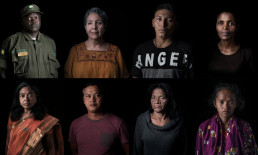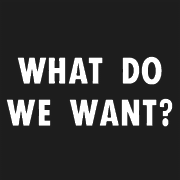Learning with the Demand Zero Toolkit and its lenses on Climate Justice, should ideally be: - through dialogue - in person with local rebels - oriented toward having ideas to put into practice at community level. We would encourage all to attend a workshop but include a summary of the Demand Zero lenses here for reference.
CLIMATE AND ECOLOGICAL JUSTICE
Climate justice is a process which sets out to change the environmental, physical, social, ethical and living order of the world. It works in continual action and reflection on two fronts:
– reflection and action for justice concerning those most affected
– reflection and action for justice concerning those most responsible
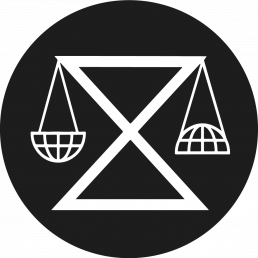
To engage with Climate Justice, is to ask and act in transformation in response to two questions:
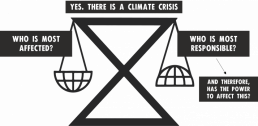
Demand Zero also puts forward that those most responsible for the climate and ecological disaster also have power to change things.
FOUR LENSES
Demand Zero offers 4 lenses through which to look at and understand key topics of Climate Justice. They are:
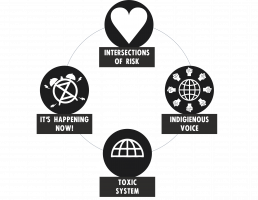
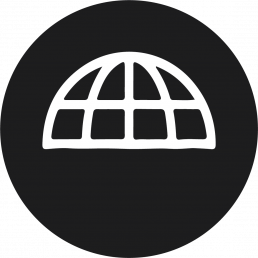
TOXIC SYSTEM:
How is our centuries old system connected to the climate crisis?
A look at the cumulative sources for emissions and ecological damage. Investigating specifically the roles of wealth imbalance, industrial and structural polluters and the stories which connect major polluters today to historical and systemic exploitation across the Global South.

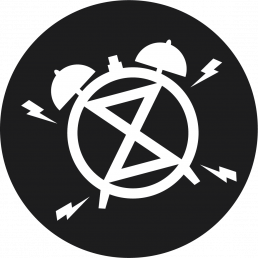
IT'S HAPPENING NOW:
When will the sense of urgency about the climate crisis come about?
How is this impacted by which people are most affected?
Investigating the lack of immediacy in action in response to crisis related deaths, sickness, displacement and conflict in the Global South. Reckoning what a just, moral and compassionate response might be to those beyond our borders.


INTERSECTION OF RISK:
How are climate risks distributed?
Understanding that situations of crises affect those already impacted by other injustices at higher rates. And noting that issues affecting more dominant voices and groups in climate planning are more often planned for.
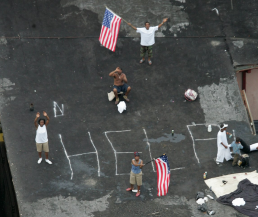
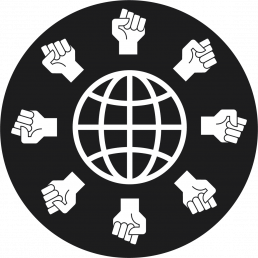
INDIGENOUS VOICE:
What does it look like to live in balance with the planet?
How can we support the right to indigenous self-determination?
Recognising that indigenous communities are guardians of many large areas of the world’s forests, carbon stores and biomass. And that they have proven strategies and ways of working which should be protected and listened to
